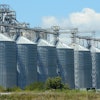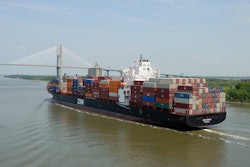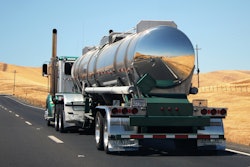
Nearly all agricultural products travel by highway for at least a portion of their journey. In many cases, the country’s highways provide critical “first and last mile” transportation connections to higher-capacity transportation modes such as rail, barge, and ocean vessel, and for many products requiring long distance transportation.
The USDA's latest report,The Importance of Highways to U.S. Agriculture, features an analysis of agricultural commodity flows showing that 80% of domestic agricultural commodities travel on 17% of the U.S. highway mileage.
These “High-Volume Domestic Agriculture Highways” (HDAH) are important to U.S. farmers, the agriculture industry and downstream producers.
The report uses a novel analysis technique to combine and geo-reference public and proprietary data sets to project future roadway conditions and model proposed projects to help anticipate benefits on 17 HDAH corridors. In addition, the study uses key stakeholder input from state Departments of Transportation to analyze and quantify selected performance challenges that domestic agricultural shippers encounter.
These challenges include optimal commodity flows, safety, congestion, infrastructure condition, and roadway reliability.
The study’s findings show that state-planned highway freight investments are estimated to produce $540 million/year in truck operating cost savings. If highway infrastructure investment is increased, at a level two to four times current state freight plan investment levels, the study finds these investments will still be highly cost-effective.
View the full studyhere.





















